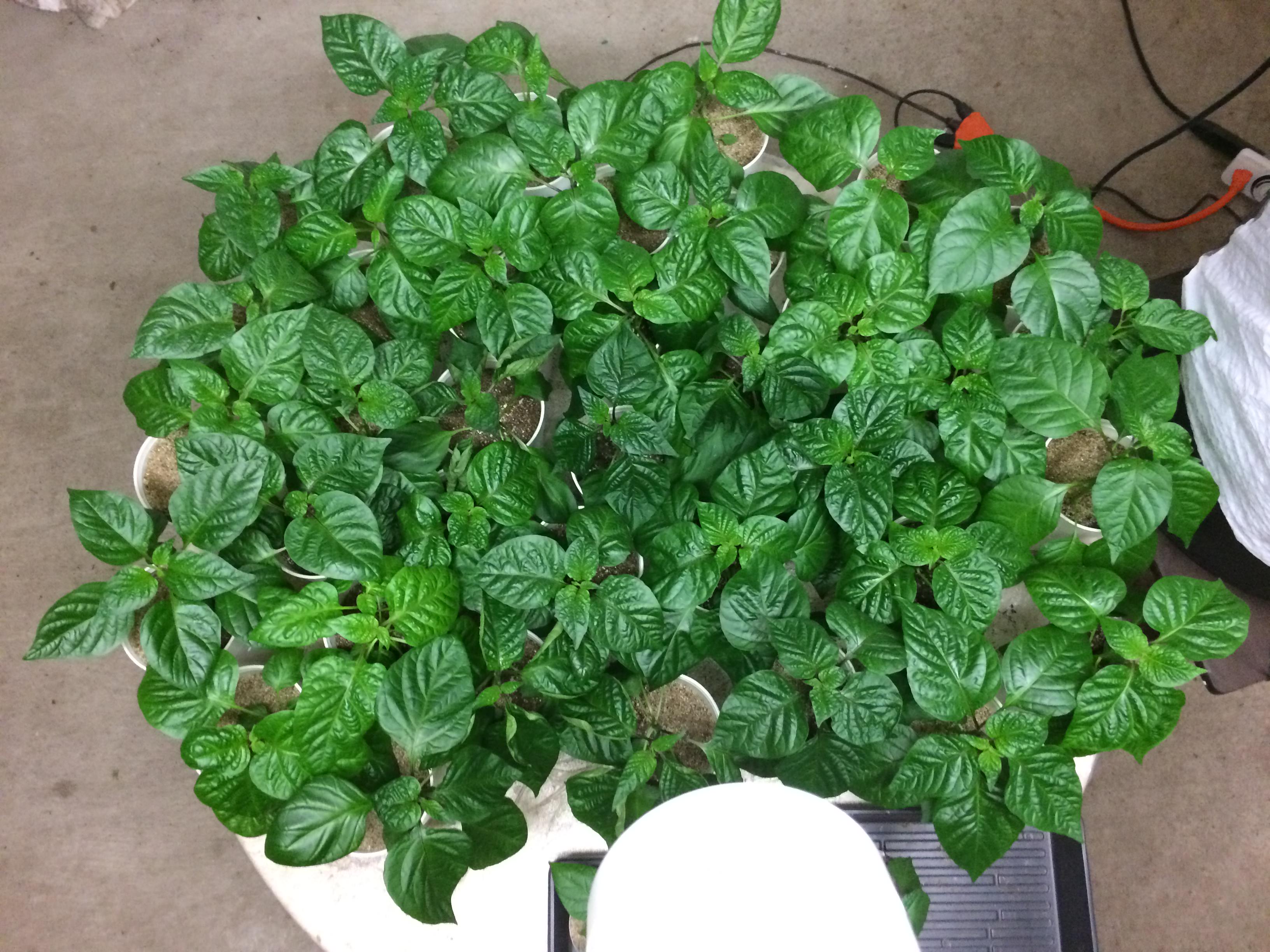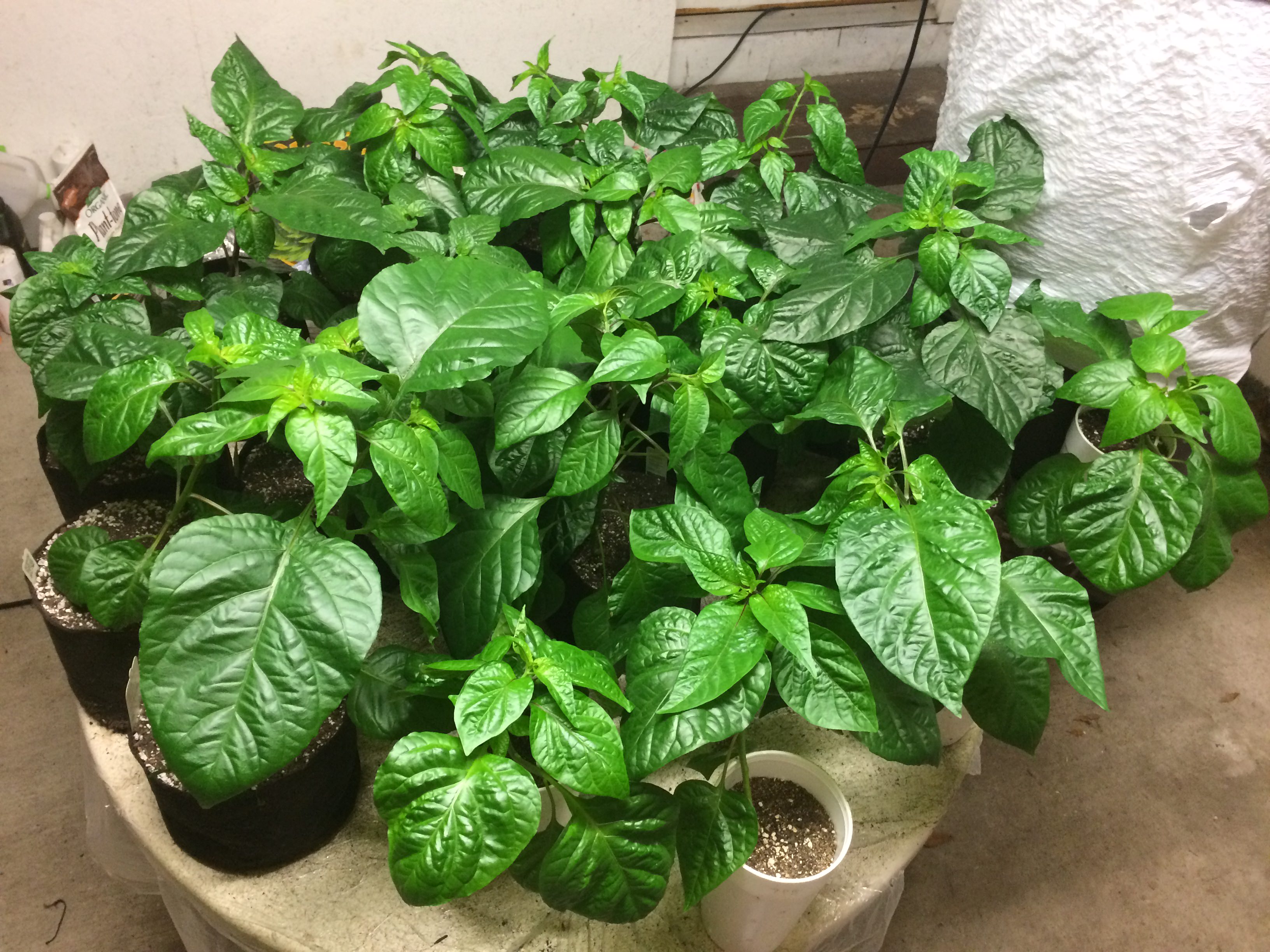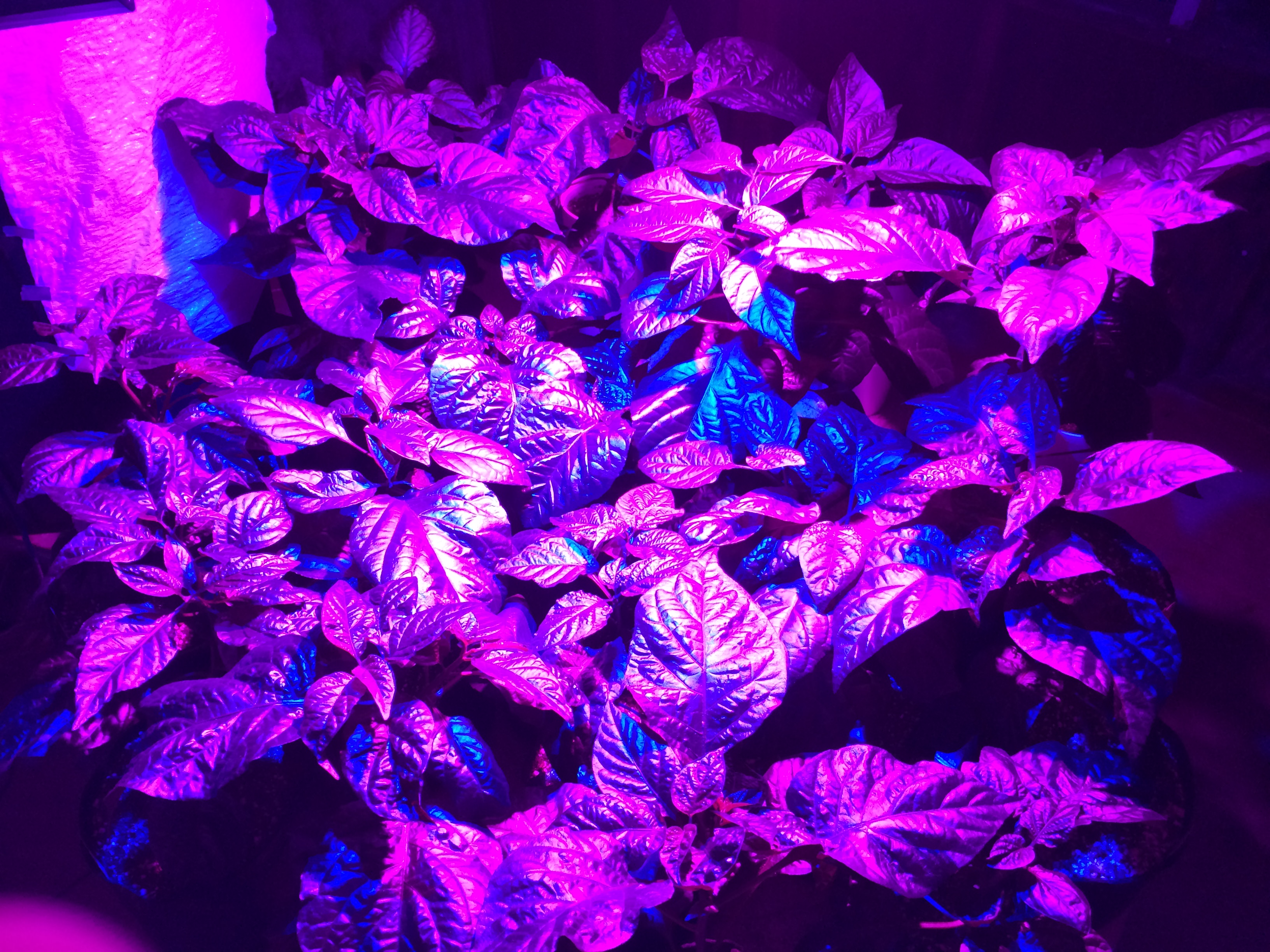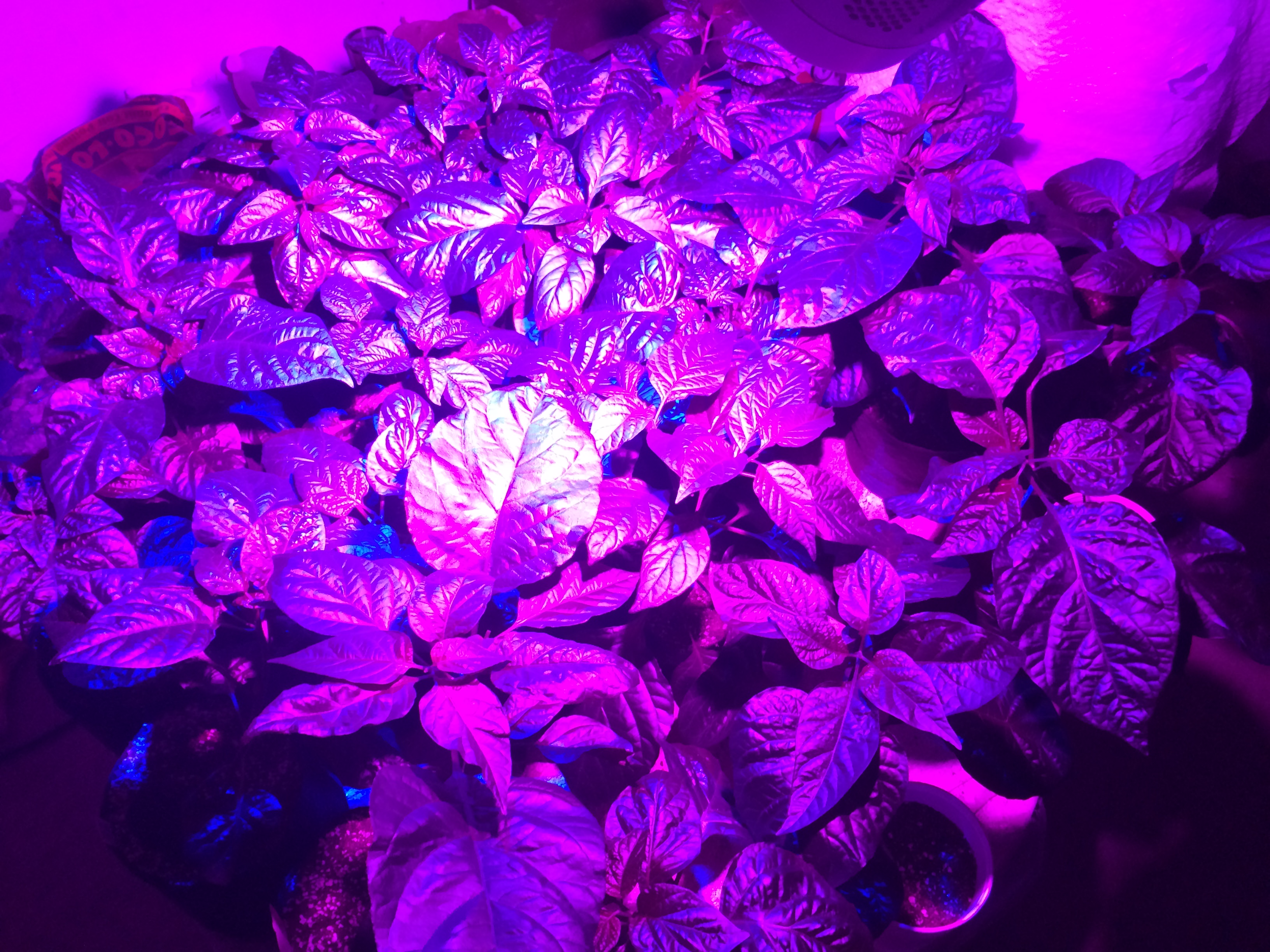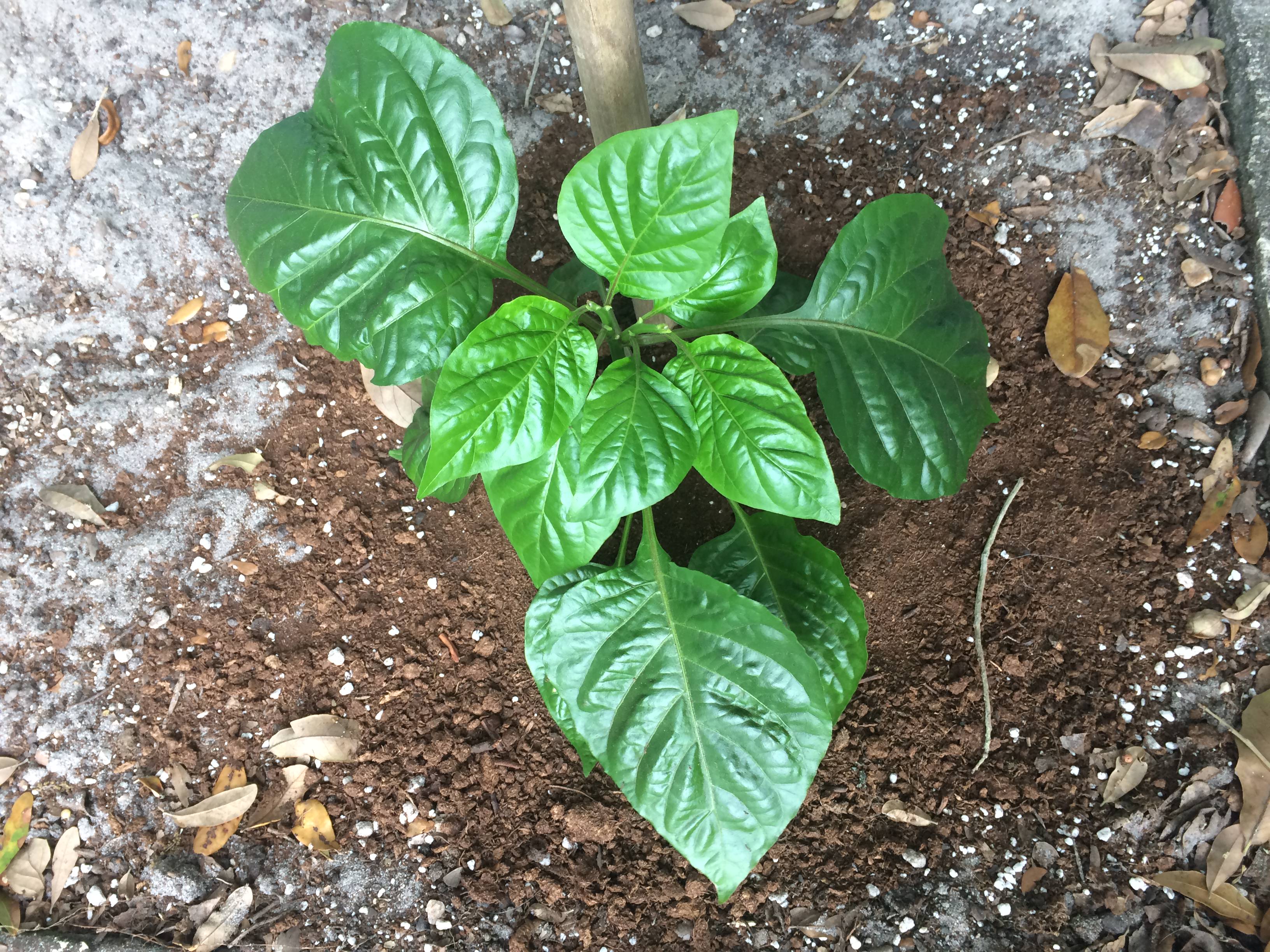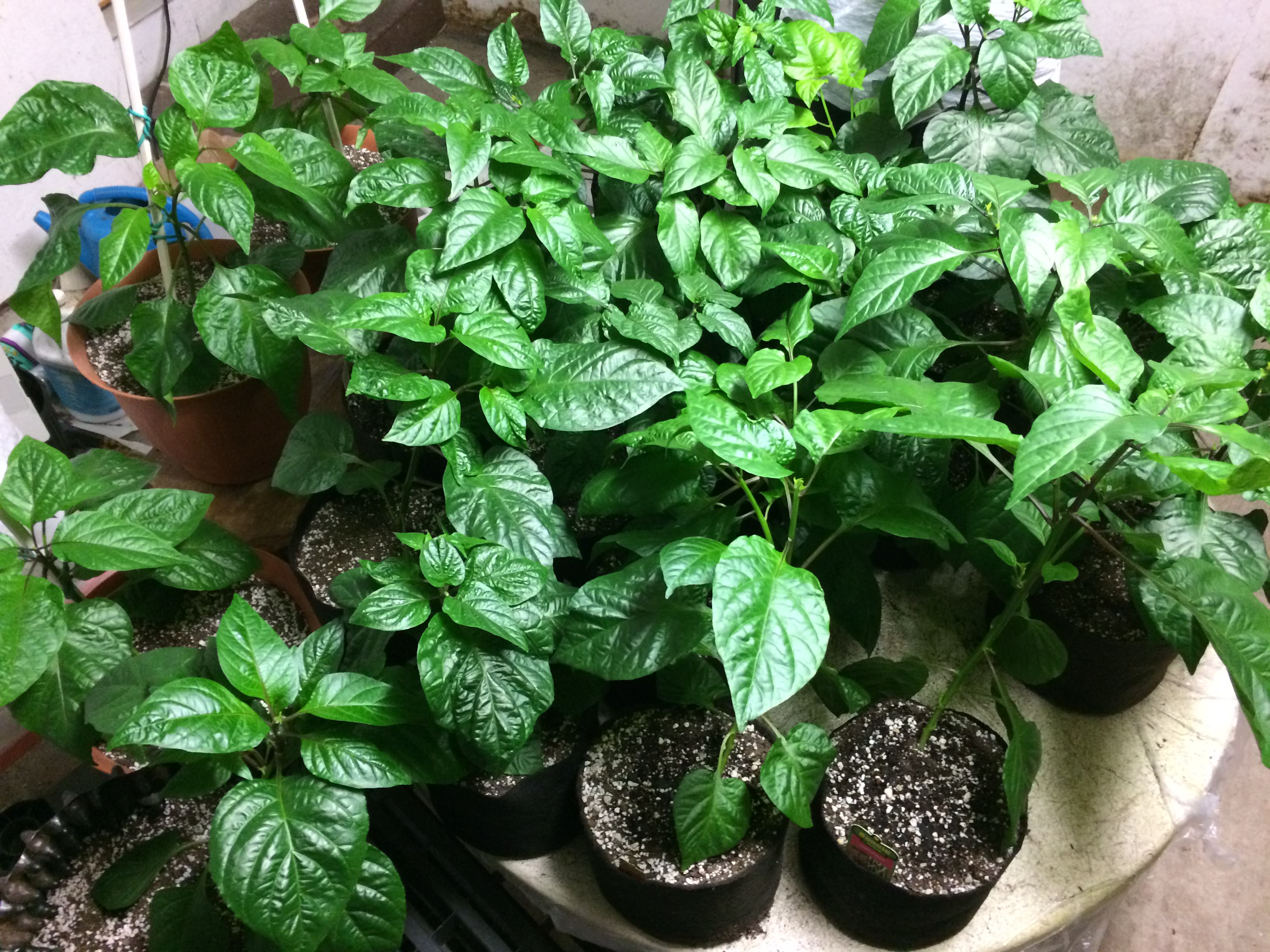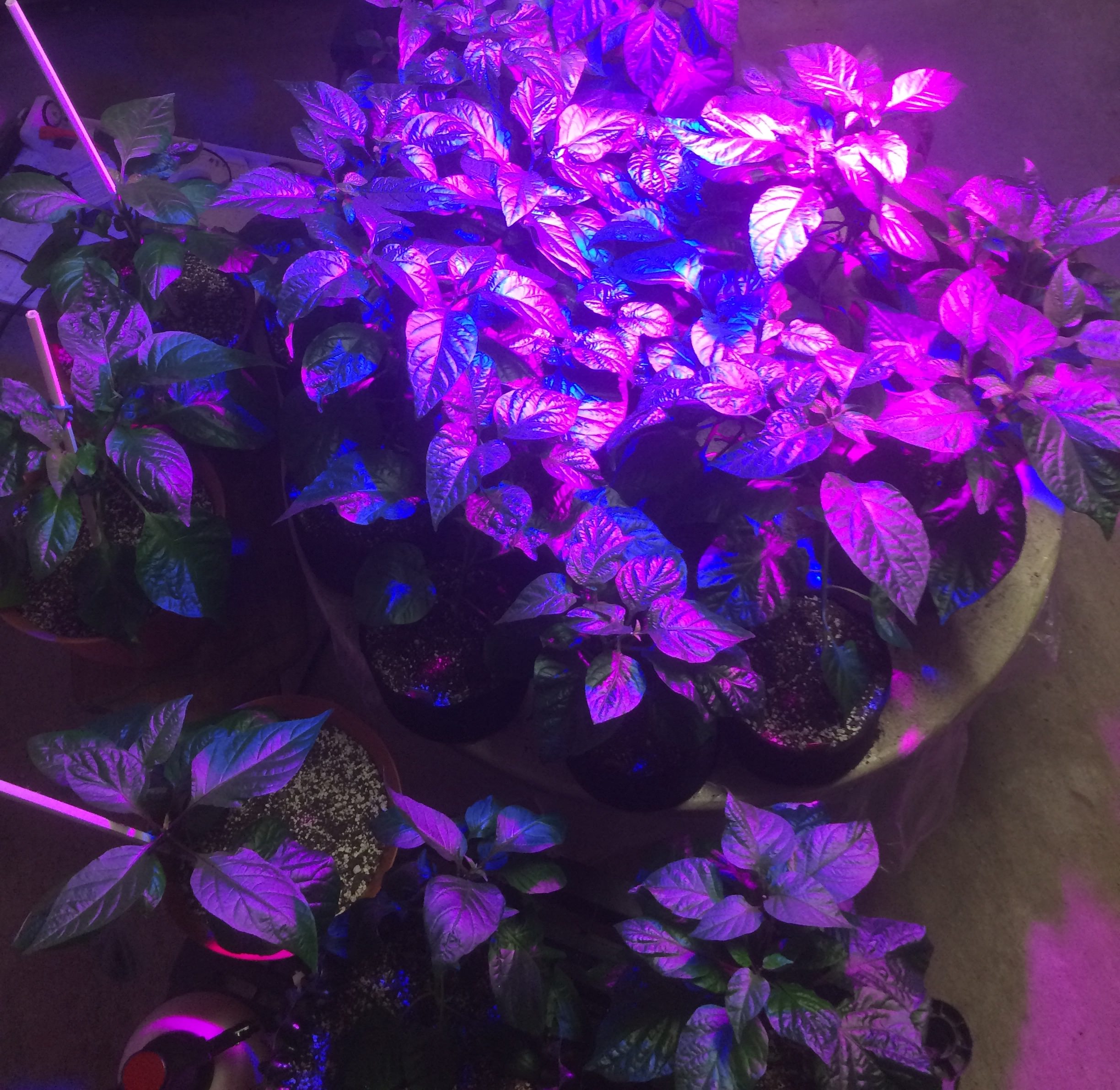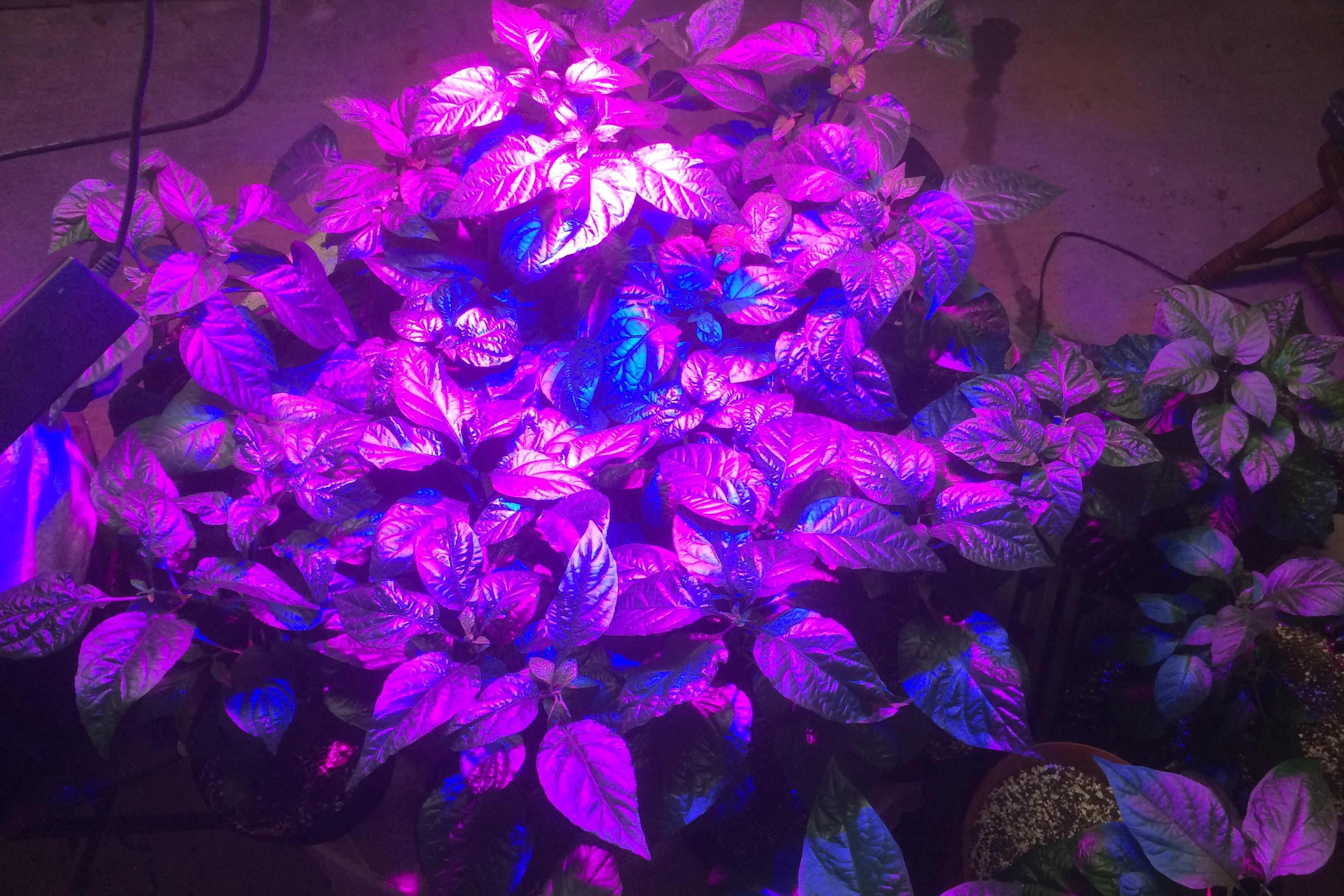I'm using Xtreme Tea and I'm also getting Mykos WP.
I'm making a small batch of AACT (They recommend using an 80 g. pouch for 3-5 gal)
I'll use 4 g. / qt. and a pinch of activator
with 2 mL of hi-brix plant molasses to add some carbs for microbacterial and fungal growth.
(They also recommend brewing it in a fountainhead at a temperature of 60-70°F over 48 hours)
I'm brewing it for 12 hours at outdoor temperatures, but starting with distilled water slightly refrigerated around 60° to improve initial absorption of dissolved oxygen in the water thus drawing out the life in the compost, humus, guano, and kelp. Between 8 PM to 8 AM, the night time temperature is 75-85°F for those 12 hours. The warmer air being diffused through it with the airstone will cause the water to increase in temperature, but it shouldn't exceed 80°F At this point I'm going to use the tea on my plants to avoid continuing to let it possibly colonize further under warmer conditions, when there might be reduced effectiveness of aeration and possibly lower populations of microbes or failure to foam up and activate.
When i start a larger or more concentrated batch in the future it will continue for 48 hours. Then, I'll be drenching the soil by double-cup method of feeding: nesting perforated cup inside a solid bottom cup then top-feeding tea, to saturate the cups.
But to start out, I'm using my 2L mister to slowly water the tea on to the mykos wp around the plant stalks dissolving it and inoculating the plants. This will be done without nozzle and applying low compression by hand on the mister so as not to harm the bacteria or tear any fungal strands that may have formed in the tea.
With about 1 qt stretching to 10, I'll have enough tea to dilute and hydrate the entire 36 qts of media to field capacity at 40% in theory.
I'll apply ~1 tsp/ qt of mykos wettable powder around the base of each plant and water it in with diluted tea. Also, they have a granular and root pack versions of it that are 10g of mykos inoculant in a pouch to be planted below the roots. One assumes, in a hydroponic/ hydroton media and the roots are supposed to grow into the packaging. I've read that mykos should be in direct contact with roots in order to colonize. I'm going to add the powder gradually on schedule with feedings. So far, this potting mix is dry and has loose vermiculite at the top after getting an adequate amount of plain water to cover the roots with new media during transplant (Recall that was nearly bare roots to remove seed starter mix. No pictures, but they all had healthy roots and i think they're all in good condition. Some had more roots than leaves. I think it was the fish & seaweed formula that did that.
I'm making a small batch of AACT (They recommend using an 80 g. pouch for 3-5 gal)
I'll use 4 g. / qt. and a pinch of activator
with 2 mL of hi-brix plant molasses to add some carbs for microbacterial and fungal growth.
(They also recommend brewing it in a fountainhead at a temperature of 60-70°F over 48 hours)
I'm brewing it for 12 hours at outdoor temperatures, but starting with distilled water slightly refrigerated around 60° to improve initial absorption of dissolved oxygen in the water thus drawing out the life in the compost, humus, guano, and kelp. Between 8 PM to 8 AM, the night time temperature is 75-85°F for those 12 hours. The warmer air being diffused through it with the airstone will cause the water to increase in temperature, but it shouldn't exceed 80°F At this point I'm going to use the tea on my plants to avoid continuing to let it possibly colonize further under warmer conditions, when there might be reduced effectiveness of aeration and possibly lower populations of microbes or failure to foam up and activate.
When i start a larger or more concentrated batch in the future it will continue for 48 hours. Then, I'll be drenching the soil by double-cup method of feeding: nesting perforated cup inside a solid bottom cup then top-feeding tea, to saturate the cups.
But to start out, I'm using my 2L mister to slowly water the tea on to the mykos wp around the plant stalks dissolving it and inoculating the plants. This will be done without nozzle and applying low compression by hand on the mister so as not to harm the bacteria or tear any fungal strands that may have formed in the tea.
With about 1 qt stretching to 10, I'll have enough tea to dilute and hydrate the entire 36 qts of media to field capacity at 40% in theory.
I'll apply ~1 tsp/ qt of mykos wettable powder around the base of each plant and water it in with diluted tea. Also, they have a granular and root pack versions of it that are 10g of mykos inoculant in a pouch to be planted below the roots. One assumes, in a hydroponic/ hydroton media and the roots are supposed to grow into the packaging. I've read that mykos should be in direct contact with roots in order to colonize. I'm going to add the powder gradually on schedule with feedings. So far, this potting mix is dry and has loose vermiculite at the top after getting an adequate amount of plain water to cover the roots with new media during transplant (Recall that was nearly bare roots to remove seed starter mix. No pictures, but they all had healthy roots and i think they're all in good condition. Some had more roots than leaves. I think it was the fish & seaweed formula that did that.


